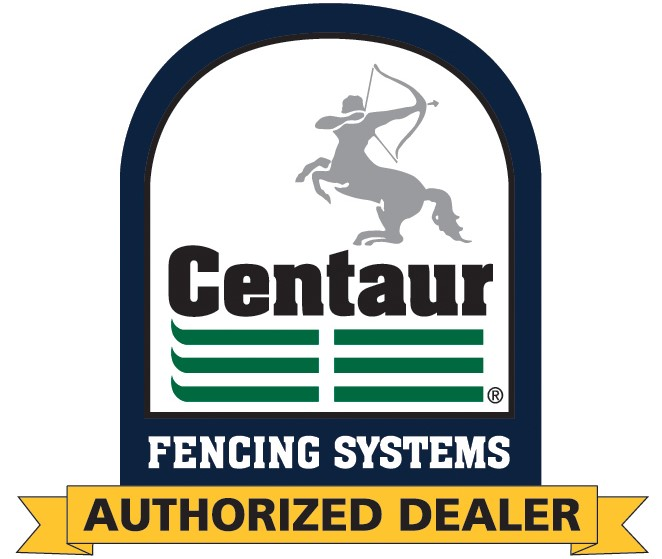Farm Fence Design - Horse Fencing Secrets
Posted by Austin Allgaier on
The Proper Height of Farm Fences
Agricultural fencing used on farms to contain animals such as cattle, pigs or horses is typically built at a height of 4-6 feet. This height is high enough to keep livestock enclosed but short enough for most people to see or climb over. However, it is possible for local geographic zones to regulate the height of fencing along with its materials. In the distant past, farm animals roamed freely but created problems by damaging crops or invading other land. Loose animals were in danger of causing or receiving an injury that led to financial losses. It was also difficult to prove that an animal belonged to a particular farmer when it mixed in with other herds on nearby farms.

Fences Made of Wood, Stone or Bricks
The earliest fences were made of local material such as dried sod cut into bricks or stones dug up from farm fields. In areas with numerous trees, fences made of simple split pieces of lumber were used, and this variety of fencing is still popular today. Today, there are several types of fences designed for use on farms that are suitable for different types of livestock. Farmers might choose a particular variety of fencing because it is aesthetically pleasing or due to its low-cost and durability (One of the reason's that Centaur's horse fence is so popular is that it mimics traditional wood fencing with significantly lower maintenance costs). It is a common practice to have several types of fences on one farm for different sections of property to contain different animals.
Wire Fence Designs Made with Metal or Wooden Posts
Wire is the most commonly used material for farm fence design today, but there are many varieties to choose from. Most of these fences are made of sturdy galvanized steel wire that is tensioned between strong metal or inexpensive wooden posts to prevent sagging. When wooden posts are used, it is best to have the material treated with chemicals to prevent rot from wet conditions such as rain and snow. The posts are usually placed between 150 and 1000 feet apart, depending on the terrain of the land, weather conditions and the type of animal kept inside the containment.
Woven and Barbed Wire Fencing Designs
There is also an assortment of wire styles to choose from that have different uses, durability and price points. Instead of strands of wire suitable for large animals, small animals such as sheep, pigs and goats require woven fence containments. For additional protection from escape, the bottom strands of wires are often barbed to prevent digging while a top barbed wire strand is useful for animals that can jump or climb fencing. Inexpensive welded barbed wire is not a good option for farm fences because the knots break off and cause physical damage to animal’s feet or are eaten accidentally, leading to death. Tightly woven wire fencing is also vital to prevent injury to animal’s feet.
The Pros-And-Cons of Barbed Wire Fences
Strong barbed wire is preferred for cattle that have thick hides, especially large herds that can break through regular wire fencing quickly. Alternatively, this variety of fence is avoided to contain horses because the animals have thinner skin that is easily damaged during fast runs. Because barbed wire is more expensive, it is often alternated with regular wire or placed at the bottom or top of the fence. Before considering building a barbed wire fence on a farm, it is wise to check local laws concerning the particular types used to avoid fines from authorities trying to protect wildlife or livestock on other farms.

Other Farm Fence Designs
Farmers can also choose to install high tensile or smooth wire fences to keep animals contained in a particular area, but both of these methods are not recommended. Smooth wire is flimsy and requires twisting of several strands to give it strength but stretches when animals lean against it to escape. High tensile wire is used frequently today on farms but causes serious physical injuries to animals entrapped in the materials. This was the initial impetus behind the development of the Cenflex polymer-coated rail product.
However, this wire is easy to insulate or electrify and requires fewer posts when building a fence. New farm fence designs include vinyl coated varieties made of mesh or straight wire that is often electrified and painted in white for easy visibility.


